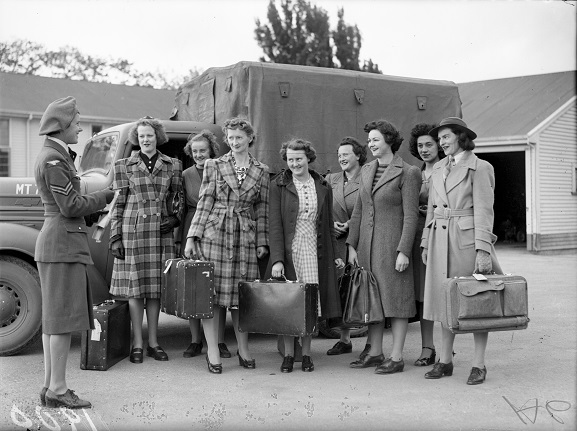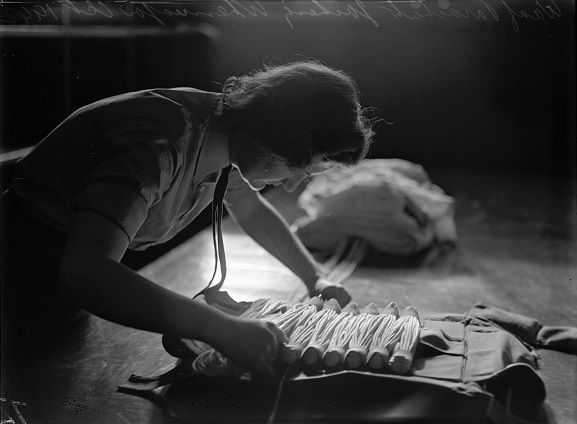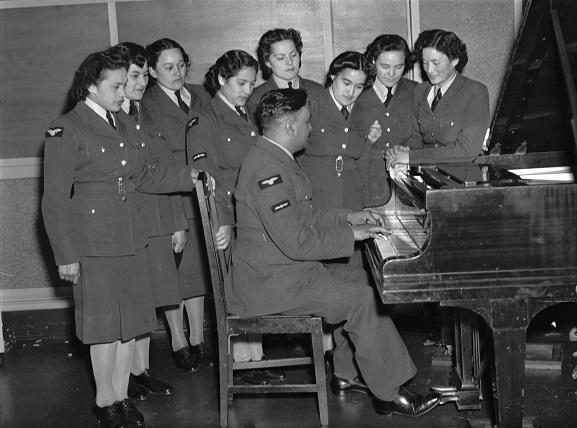In this guest blog, Otago University postgraduate student Stacey Fraser discusses her experience using the Air Force Museum of New Zealand archives for her research into the Women’s Auxiliary Air Force (WAAF).

‘Through Adversity to the Stars’ – the title of my History dissertation with the University of Otago, but also the story of the women who served as part of the Women’s Auxiliary Air Force (WAAF) during World War Two.
The WAAF was formed in January 1941 and marked the first time New Zealand women were allowed to serve in the military. Between 1941 and 1945, over 4,700 women joined the WAAF. Women were restricted from combat roles, but filled a range of other duties. Many worked as clerks and mess hands, while others became parachute packers, instrument repairers, heavy transport drivers, and aircraft hands.

The participation of women in the armed forces is a critically over-looked aspect of New Zealand’s military history. My dissertation aims to shed light on women’s experiences within the WAAF. It also begins to highlight the service experiences of Māori women. At least 155 Māori women served with the WAAF during World War Two, but the Air Force did not record the ethnicity of recruits, making Māori women almost invisible in official records.

My first port of call to begin researching the fascinating history of these Air Force women was, of course, the Air Force Museum archives. COVID-19 lockdown struck just as I was planning to head to Wigram and visit the archives, so I had to put a pause on the research for a while. But once it was safe to do so, the staff at the museum welcomed me and went above and beyond to give me access to their collections.

There is not a huge amount of archival material on the WAAF, but the staff did their best to show me as much as possible. I truly cannot speak highly enough of my experience there. To give you some idea of how valuable my time at the museum archives was, I spent three entire days there, I forgot to eat lunch every day, and my camera roll filled up with photographs from the archives so quickly I had to buy new storage in ‘the Cloud’.

My dissertation certainly would not be what it is if not for Louisa and Simon’s dedication to uncovering the personal testimonies of women who served with the WAAF, or without them pointing out the trove of Contact magazines produced during World War Two. It is so easy, when we look back at history, to get caught up in the facts and figures, in the black and white, and to forget that the people of the past were just that: people. The humour that runs through Contact really emphasised how human the men and women serving with the Air Force were, and added the heart and soul that my dissertation needed.
Museum archives like this one are invaluable. In my case, it was the only way I was able to share the story of the WAAF. These women proved themselves capable of serving alongside men, and enabled future generations of women to take to the skies.





